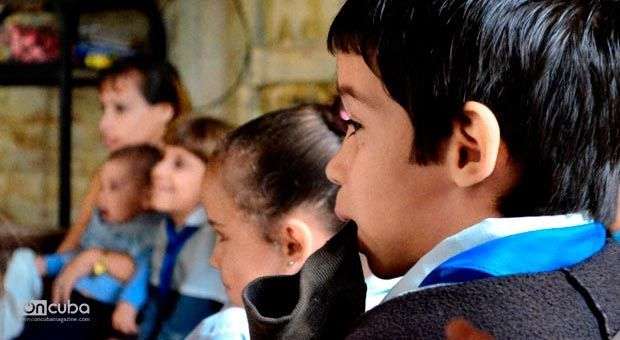The German Maya Götz, director of the Central Institute for Youth and Educational Television (IZI) and the Prix Jeunesse International Foundation, came to Havana to challenge us. Her investigations reveal that little more than one-twentieth of children’s programming in our country has been made at home, while 60% of it comes from a single nation: United States of America.
Such behavior-she reflects-while entails opportunities for bringing people together from interacting with products and common ideas, may also pave content and its diverse cultural traits. And although Götz doesn’t try to interpret the bird of ill omen, but enlightening them, her studies in a dozen countries cast alarming signs.
“In assessing the child television programming globally observe that there are significant imbalances in terms of skin color, ethnicity, gender, social class and gender of the designed characters. Today these materials are dominated by white, male and middle-or upper-class characters, when in fact only 15% of the world population classified as Caucasian, only a fifth live on a daily income of more than 10 dollars, women equal in quantity men and sexual identities are diversified. Cuba, along with other Latin American nations, Eurasian, Middle East, Africa and Oceania, shows even more dramatic trends, “Dr. Maya contrasts.
For example, in the children’s series broadcast on the Island 92% of the characters is white and only 2% are blacks, while the male characters predominate. As if not enough, the disadvantaged female presence in such programming worsens when dealing with characters who speak less, react emotionally, rarely exercised leadership, often are little involved with technology and everything in consumption practices, while the representation of their bodies tend to encourage sexuality, because too often the Cinderellas, Pocahontas, Mermaids, Winx … hold body proportions far below the triad “90-60-90”, demanded to professional models.
“Our sons and daughters grow up craving an almost impossible to reach and torturous physical figure. In general, these roles and values associated with the feminine and masculine reinforce socially inherited stereotypes. However, we have a responsibility to subvert, especially when working in the media undoubtedly interfere fantasies and imaginary subjects from very early ages. Of course, the TV and film do not exercise stimulus response, but through them we can and should make more complex the multiple meanings of being child or someone in between. “
Would it be possible to stop, then, the crisis and interior self image towards where children run, because of the media? From what? Create rules for them? On what base should we base quality film and television programming?
“The starting points could be discovered in the fascinations or experiences we had when we were younger, because the strong stories come from inside and pick up what we would have liked to listen to and experience. Let us not push her children to be something that dominate rather than liberate. Cast off the big threatening finger pointing and that that hero-villain, Penalty-Reward. Let’s get away from persuasion attempts to change behaviors. That kind of stories, far from strengthening, will make them feel lost. Let’s help them grow without conspiring against the right to build their own future. “
Maya Götz came to challenge us. She brought fluorescent globes to provide light. She inflated them with us, who participated in the workshop. During the 27th Audiovisual Universe of the Latin American and Caribbean Childhood Meeting she rummaged through childhood private drawers and found maps to enrich and inspire the lives of other children.










